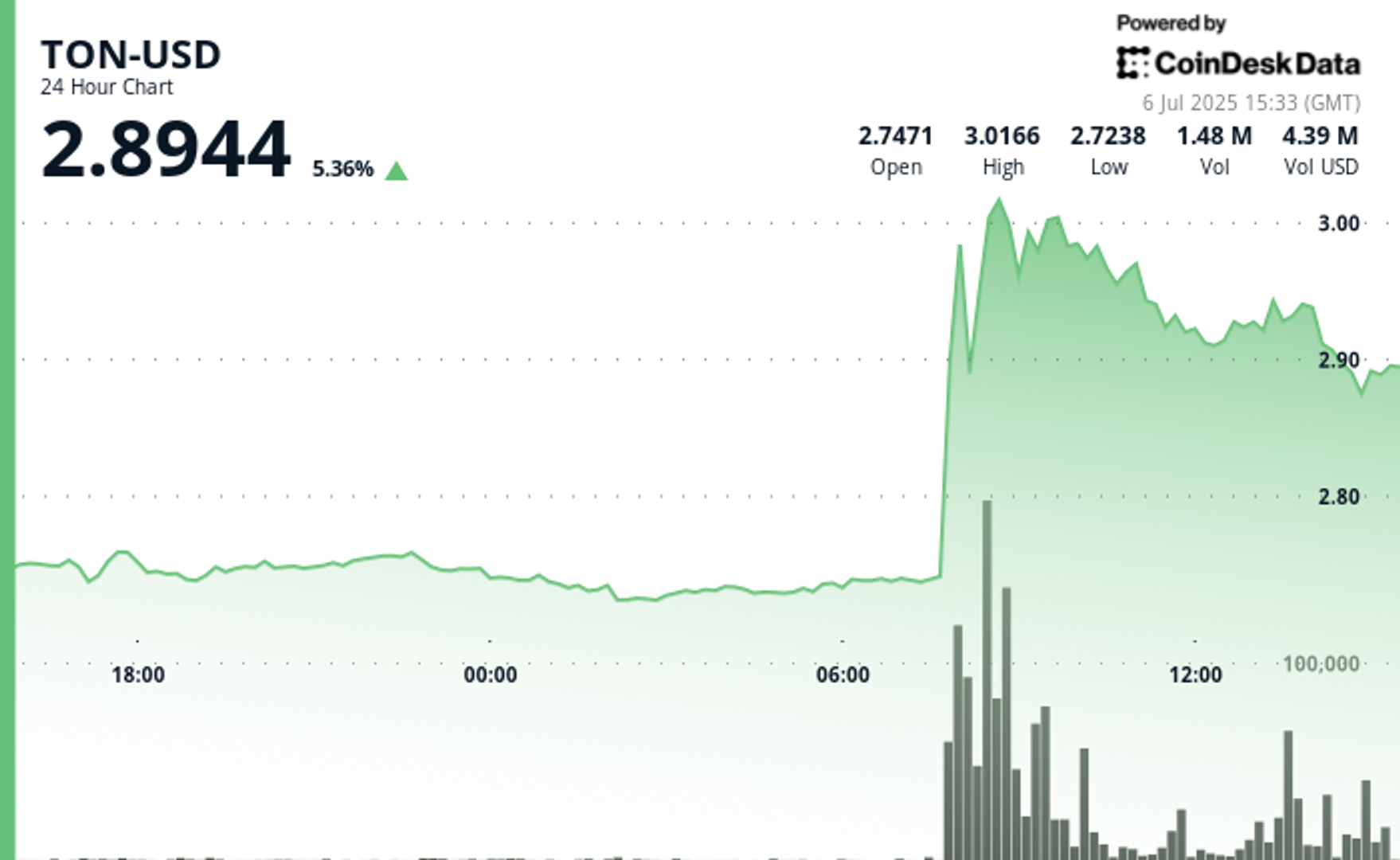

The United States’ rejection of a central bank digital currency has not halted the progress of CBDCs globally, but their success has been questionable so far, according to a former Binance executive.
Global CBDC projects have not failed, but they have also not become what they were anticipated to be, according to Olga Goncharova, CEO at the consulting firm Rizz Go and former director of government relations in the Commonwealth of Independent States at Binance.
“CBDCs were conceived as a technological breakthrough, but so far they look like expensive imitations of existing traditional fiat currencies that citizens and businesses already use through online banking and payment apps,” Goncharova told Cointelegraph at the Blockchain Forum in Moscow.
Though some of the CBDC-like creatives date back to the 1990s, modern initiatives are yet to offer users a real added value compared to traditional payment channels, she said.
CBDC leaders like China struggle with adoption
“Today it is clear that the expectations around CBDCs were overestimated,” Goncharova claimed, adding that none of the jurisdictions worldwide have succeeded in the mass adoption of retail CBDCs.
“Even in China, where the digital yuan project has been moving longer and more actively than others, its share in the payment system remains minimal,” she added, referring to multiple online reports suggesting that China’s CBDC has been struggling amid slow adoption.
With China’s CBDC early-stage research starting in 2014, China’s digital yuan is known as one of the biggest CBDC projects worldwide, offering an electronic version of the Chinese yuan intended for online and offline transactions.
Related: China selling seized crypto to top up coffers as economy slows: Report
The Chinese government has been actively promoting the use of the digital yuan. Still, some reports declared China’s digital project a failure in late 2024, referring to the downfall of Yao Qian, the first director of CBDC development at China’s central bank. Late last year, he was reportedly expelled from public office by the government.
EU pushes a digital euro for autonomy
Every country has its reasons to pursue a CBDC, Goncharova continued, noting that the European Union has been pushing its digital euro project to protect its financial autonomy.
“In the EU, the digital euro is perceived more as an instrument of strategic autonomy than as a response to market demand,” she stated, adding that its goal is to reduce reliance on payment giants like Visa and Mastercard.
However, the efforts to create a pan-European payment system have faced serious challenges, such as market share concerns by banks as well as adoption difficulties.
“The European Central Bank has not yet decided whether the digital euro will operate on the blockchain, as it does not see convincing cases for programmability and points to technological risks,” Goncharova said.
Russia delays a digital ruble
Russia has emerged as one of the most active jurisdictions in the global CBDC race, but it’s yet to roll out its digital currency as well, which has been on multiple trials since early 2022.
After seeing many launch delays, a digital ruble could be postponed further as Bank of Russia Governor Elvira Nabiullina in February announced that the mass adoption of a digital ruble would occur later than planned.
At the same time, Finance Minister Anton Siluanov has recently claimed that the digital ruble is scheduled to be rolled out for commercial banks in the second half of 2025.
Related: Russian ruble stablecoin: Exec lists 7 ‘Tether replica’ features
“In Russia, there is no urgent need to reduce dependence on foreign payment systems as in the EU,” Goncharova told Cointelegraph, adding:
“The digital ruble is rather perceived as a tool for increasing the efficiency of internal settlements. The project is still at the testing stage. Its further development will depend on how clearly the tasks are formulated and whether there is practical sense for users and the economy.”While Russia has been delaying its digital ruble, some officials have recently called on the government to create ruble-pegged stablecoins, echoing the US’s stablecoin push.
While several ruble stablecoins have already been introduced, it remains to be seen whether the initiatives can compete with giants like Tether’s USDt (USDT).
Magazine: Ethereum is destroying the competition in the $16.1T TradFi tokenization race

 2 months ago
47
2 months ago
47








 English (US) ·
English (US) ·